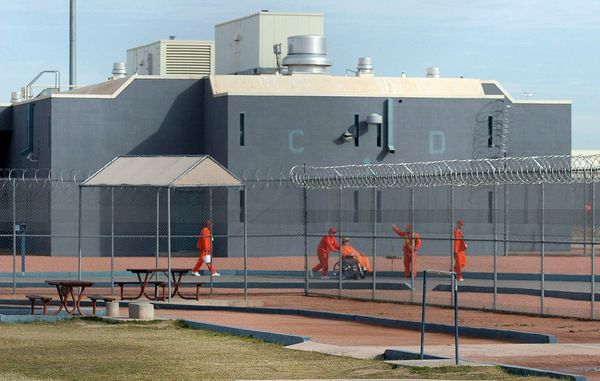
It’s well known that major tropical volcanic eruptions inject gases and tiny particles high into the atmosphere that can cause global cooling, but now research shows that they can also reduce surface wind speeds, posing a serious challenge for wind energy production.
When the Indonesian volcano Mount Tambora erupted in April 1815 it caused “the year without a summer” in 1816, resulting in crop failures, food shortages and significant hardship in Europe and North America. But it wasn’t just global temperature that this volcano disrupted. Using climate models Cheng Shen, from the University of Gothenburg in Sweden, and colleagues simulated the impact that the 10 largest volcanic eruptions of the last millennium would have had on global surface wind speeds. Their results, published in the journal The Innovation, show that the Tambora eruption resulted in a 9% drop in global wind energy potential for two years. That is because the surface cooling suppresses tropical convection and weakens atmospheric circulation cells in both the northern and southern hemispheres.
The drop in wind speed went largely unnoticed at the time, but a similar tropical eruption today would hit hard. “For wind energy-reliant regions like North America, Australia, and North Africa, this could have devastating economic and energy consequences if such an eruption occurred today,” says Shen.







